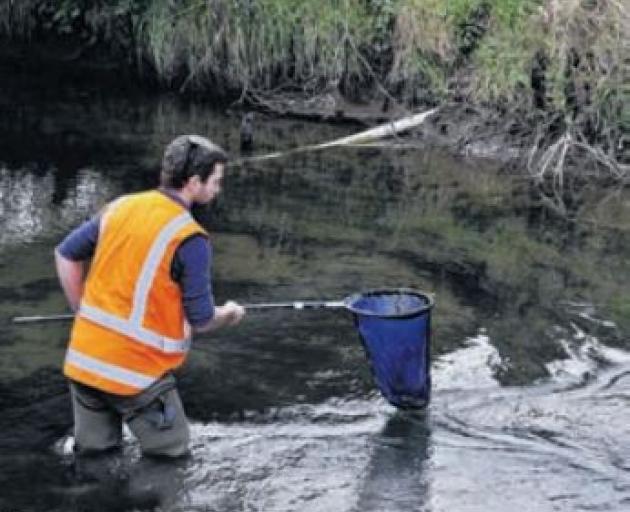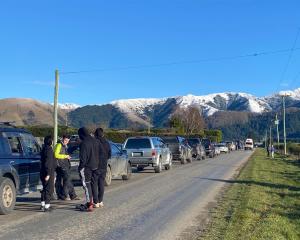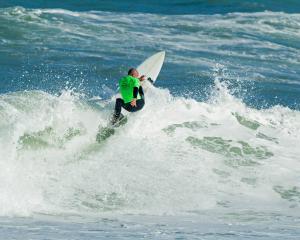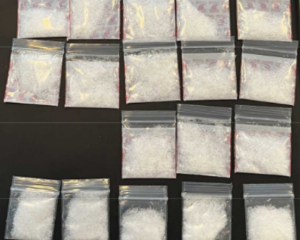
ECan confirmed yesterday whitebait caught from Monday, September 4, can be eaten, but should be washed in clean water.
"This is three days after the incident occurred, during which time whitebait would have been running in fresh from the ocean, and the lower river and estuary would have undergone multiple tide changes," an ECan spokesperson said.
But it warned any whitebait caught between Friday, September 1, and Sunday, September 3, should be discarded. This also applies to other fish and watercress.
"Further tests are required on shellfish before we know whether they’re safe to consume."
On September 1 - the opening day of the whitebaiting season - ECan issued a ban on fishing, whitebaiting, or gathering mahinga kai from the waterways after Daiken NZ reported a toxic spill into the creek from its Sefton medium density fibreboard production factory.
However, last Friday an ECan spokesperson said test results from water samples taken three days after the spill indicated the water quality in the affected area had returned to what it was before the incident.
"This means people can resume fishing, including whitebaiting. However, this does not include shellfish," the spokesperson says.
ECan declined to say why the test results had taken so long, what had caused fish to die in the waterway after the spill, and why further tests were required to check whether shellfish are safe to consume.
"At this stage, we are unable to release further details about the wider test results, due to the ongoing investigation. However, we are confident the deaths to whitebait and other fish were caused by depleted oxygen in river water as a result of the spill,’’ the spokesperson says.
"We appreciate this has been frustrating for those who like to spend time at the waterway, and we thank the community for its patience while the test results were being processed by the laboratory."
Daiken NZ spokesperson Duncan Ward, who is the company's operations director, said it welcomed ECan’s partial reopening of the Saltwater Creek and Ashley/Rakahuri River Estuary waterways.
"We are sorry that this event has had an impact on cultural food gathering and the recreational and commercial fishers who use these waterways.
"We are taking their concerns very seriously and have reached out to our local rūnanga to establish a dialogue about this incident.
"We will also continue to work with ECan and co-operate with any requests it has."
But he declined to give further details about the cause of the spill, what the toxic substance was or how such incidents might be prevented in future while the incident was still "under review".
The company is also awaiting the outcome of ECan’s investigation. "Once these are complete, we hope to be able to comment further."
By Shelley Topp














